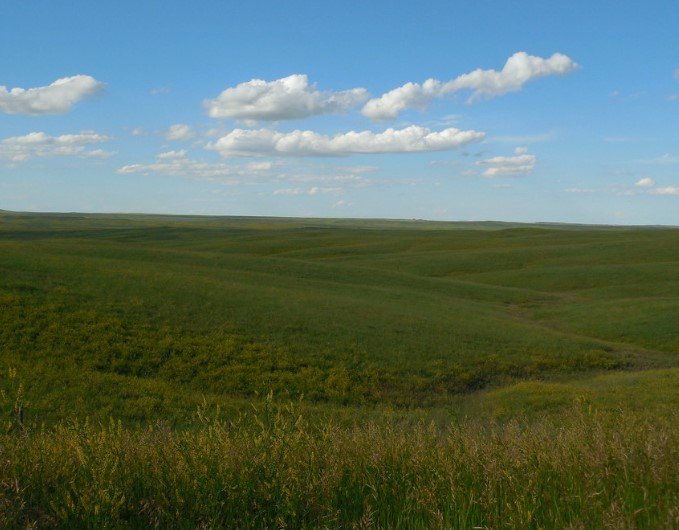South Dakota has made significant strides in grassland conservation, ranking fourth in the 2024 enrollments. The state has enrolled nearly 159,000 acres into the federal conservation program, which aims to promote healthy grasslands through sustainable management practices. This achievement highlights the commitment of South Dakota’s landowners to preserving their natural resources and contributing to broader environmental goals.
Commitment to Conservation
South Dakota’s landowners have shown a strong commitment to conservation by enrolling a substantial amount of land in the Grassland Conservation Reserve Program (CRP). This program allows landowners to continue grazing and haying while implementing practices that enhance biodiversity and soil health. The nearly 159,000 acres enrolled this year reflect a growing awareness of the importance of sustainable land management.
The Grassland CRP is part of a broader effort by the U.S. Department of Agriculture (USDA) to mitigate climate change impacts. By sequestering carbon in vegetation and soil, the program helps reduce greenhouse gas emissions. Additionally, the conservation practices supported by the CRP improve the resilience of grasslands to drought and wildfire, ensuring long-term sustainability.

South Dakota’s success in the 2024 enrollments is a testament to the collaborative efforts between landowners and the USDA. This partnership is crucial for achieving the program’s goals and ensuring that conservation efforts are effective and sustainable.
Benefits of Grassland Conservation
The benefits of grassland conservation extend beyond environmental protection. By participating in the Grassland CRP, landowners can maintain agricultural productivity while contributing to conservation goals. This dual benefit is particularly important in regions like South Dakota, where agriculture plays a vital role in the economy.
Grassland conservation also supports wildlife habitats, providing essential resources for various species. The program’s emphasis on biodiversity helps maintain healthy ecosystems, which are crucial for the overall health of the environment. Additionally, the conservation practices promoted by the CRP enhance soil health, leading to more productive and sustainable agricultural lands.
The economic benefits of grassland conservation are also significant. By improving soil health and reducing the risk of drought and wildfire, the program helps ensure the long-term viability of agricultural operations. This stability is essential for the economic well-being of rural communities in South Dakota and beyond.
Future of Grassland Conservation
Looking ahead, the future of grassland conservation in South Dakota appears promising. The state’s strong performance in the 2024 enrollments sets a positive precedent for continued participation in the Grassland CRP. As more landowners recognize the benefits of sustainable land management, the program is likely to see increased enrollment in the coming years.
The USDA’s commitment to supporting conservation efforts through programs like the Grassland CRP is also a key factor in the future success of these initiatives. By providing financial incentives and technical assistance, the USDA helps landowners implement effective conservation practices. This support is crucial for ensuring that conservation efforts are both practical and impactful.
South Dakota’s achievements in grassland conservation serve as an example for other states to follow. By prioritizing sustainable land management, the state is contributing to broader environmental goals and ensuring the long-term health of its natural resources. The continued success of the Grassland CRP will depend on the ongoing collaboration between landowners, the USDA, and other stakeholders committed to conservation.

Comments